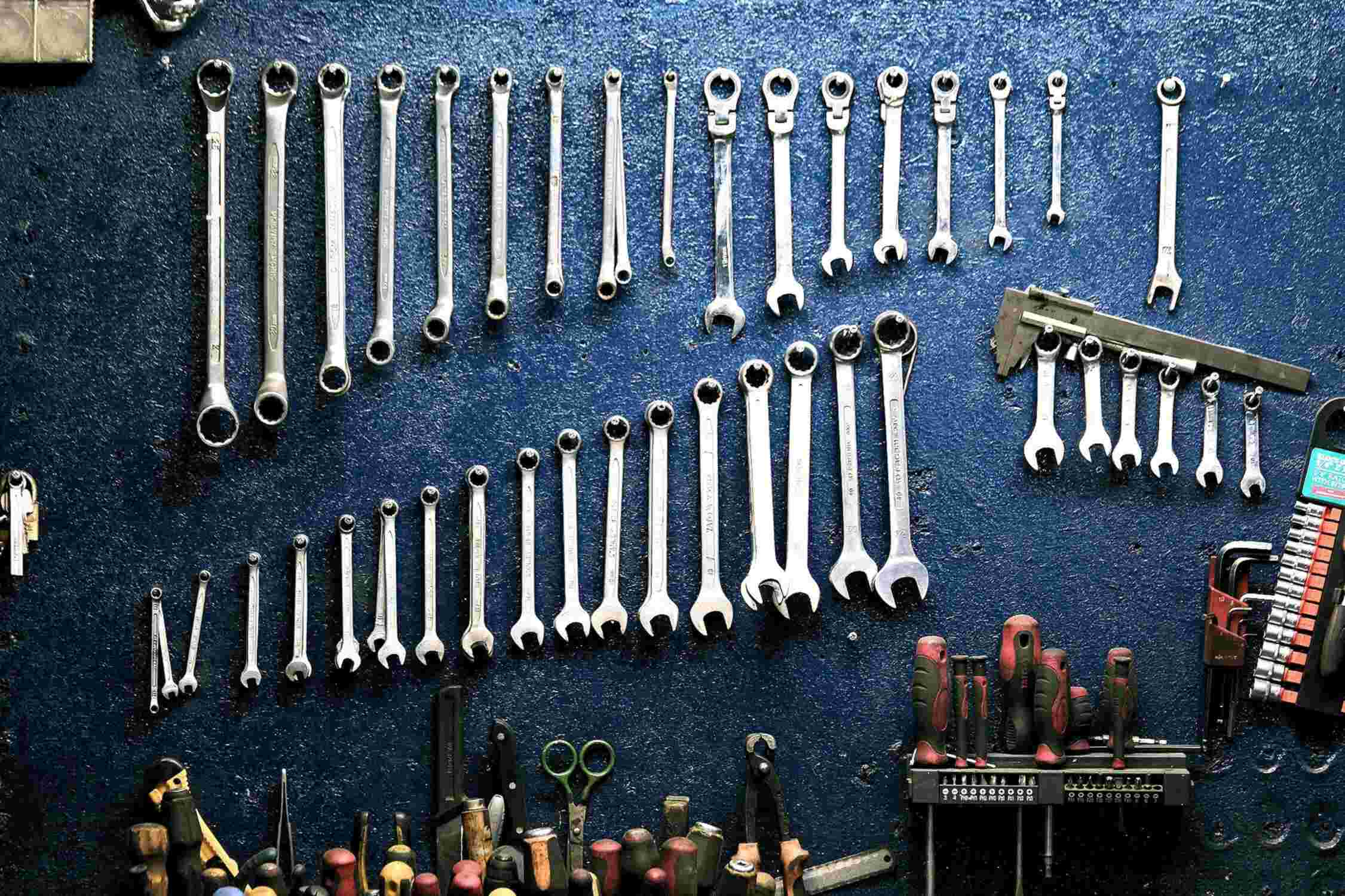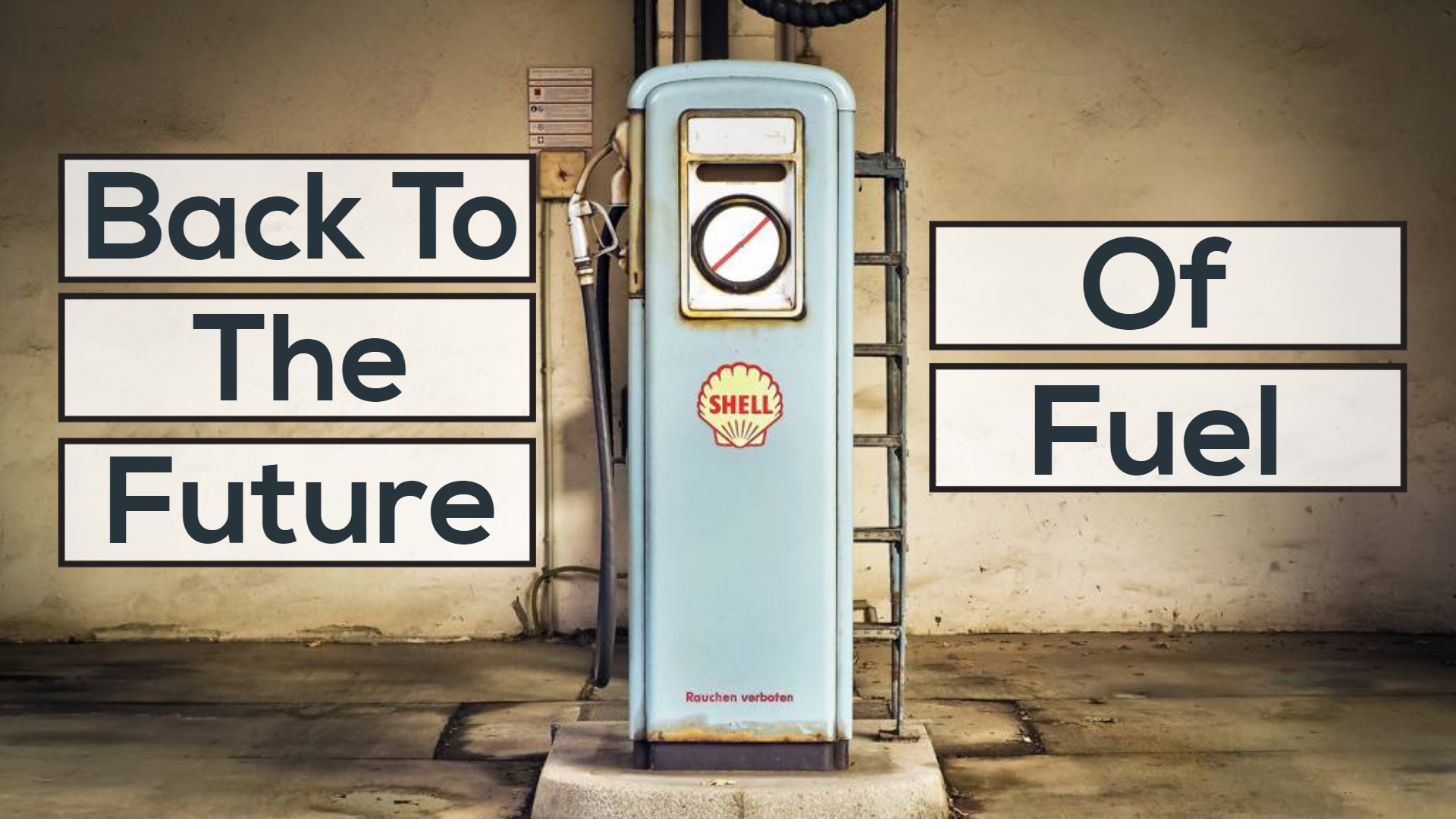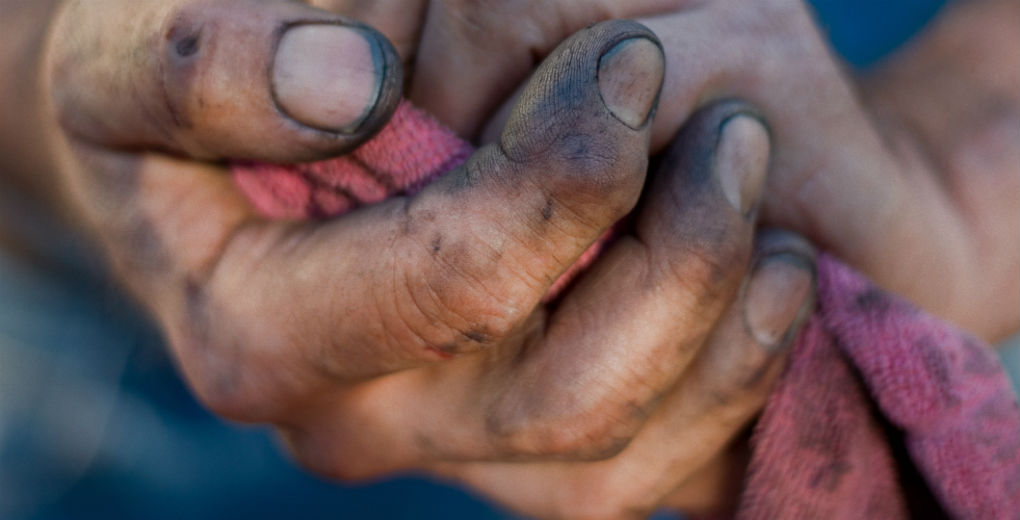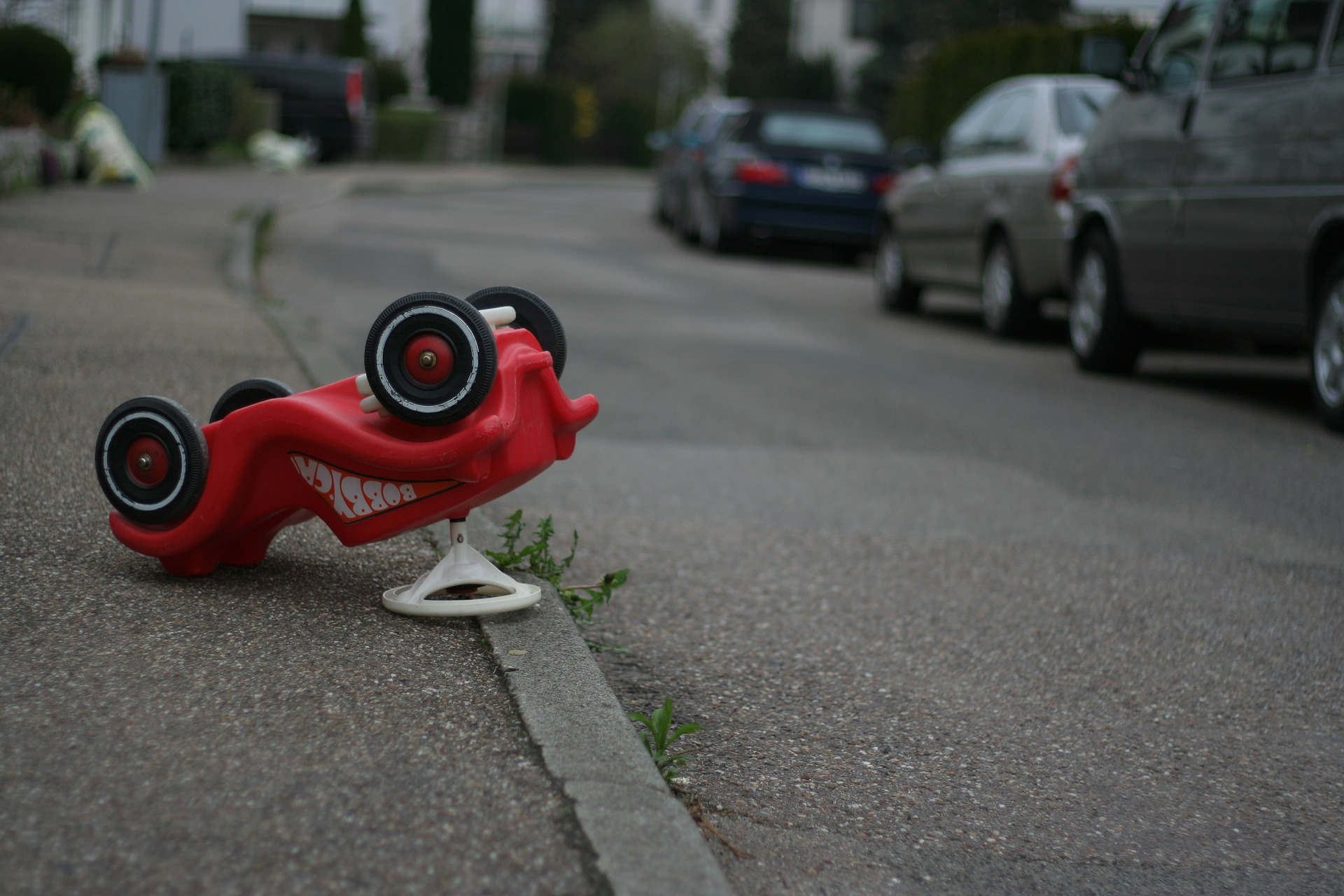
The importance of inspection and maintenance in the motor trade
The Motor Trade environment has significant health and safety risk issues. According to statistics, issues by the Health & Safety Executive (HSE), there have been over 7000 injuries and 33 deaths in the motor vehicles repair industry over the last five years.
The industry employs around 170,000 people and is dominated by small and medium sized businesses. Over half the workforce are in businesses employing fewer than 10 people and many are self-employed.
Most accidents in servicing/mechanical repair involve slips, trips and falls or poor manual handling. Other causes of incidents, sometimes resulting in serious injury or death, include working under inadequately supported vehicles, incidents involving petrol and vehicle movement. Most fatalities in motor vehicle repairs are caused when a person is trapped (and crushed) under an inadequately supported vehicle which has been raised or had a wheel removed.
Typically, the type of plant and equipment that would be found in these environments would include motor vehicle lifting tables, jacks, scissor lifts, axle stands, engine hoists, car spraying booths, air receivers, tyre machines and pressurised oil drainers.
The HSE has published two useful guidance documents that “represent good practise and help operators stay within the law”. These documents describe many key precautions that can be adopted to minimise the most serious risks. One of these precautions is to ensure that equipment being used is the right equipment for the job, the operators know how to use it properly and that it is maintained and inspected to ensure that it remains in a safe condition.
So why is it important to carry out maintenance on equipment?
Firstly there is a regulatory requirement. Regulation 5- Maintenance of The Provision and Use of Work Equipment Regulations (PUWER) 1998 states that “Every employer shall ensure that work equipment is maintained in an efficient state, in efficient working order and in good repair.
Secondly it may also be a condition of the plant insurance policy i.e. “The insured shall maintain the Insured Property in an efficient condition and take all reasonable steps to ensure that all Government and other Regulations relating to the operation and use of the Insured Property are observed.”
And finally it should be remembered that an effective maintenance programme will make plant and equipment more reliable. Fewer breakdowns will mean less dangerous contact with machinery if required, as well as having the cost benefits of improved productivity and efficiency. Additional hazards can occur when machinery becomes unreliable and develops faults. Maintenance allows these faults to be diagnosed early to manage any risks.
There appears to be a great deal of confusion within the industry where many plant owners are of the opinion that if they are having their plant inspected then they do not need to maintain it. This is, of course, incorrect. The need for maintenance should not be confused with the requirement for inspection. These are two separate issues, although issues identified during the inspection may require maintenance to put right.
The purpose of an inspection is to identify whether the plant or equipment can be operated, adjusted and maintained safely and that any deterioration (e.g. defect; damage; wear) can be detected and remedied before it results in unacceptable risks.
The purpose of maintenance is to ensure the plant or equipment remains in an efficient state, in efficient working order and in good repair. Such effective maintenance can not only help in meeting health and safety requirement but can also serve other business objectives such as improved productivity and reduced environmental impact.
The difference between these two elements can be better shown if we use the analogy of the family car.
Once the car gets to 3 years old then the owner of the car is legally obliged to have the vehicle checked. This check is called the MOT test which verifies that all safety-related aspects of the vehicle are to the required standard and quality e.g. condition of tyres, lights, steering.
The car owner will also want to give themselves the confidence that the vehicle will not let them down and that it remains in a safe condition. To do this they will have the vehicle serviced on a regular basis in accordance with the manufacturer’s guidance. This service will generally include checking of oil levels, change of air and oil filters, engine tuning and emission checks etc.
This example clearly shows the correlation between the MOT (or inspection) and the service (or maintenance) and that they are very different but are of equal importance and both vital in ensuring that the plant remains both safe and reliable.
MotorTradeProtect
Interested in finding out more information about motor trade health and safety regulations, then check out another of our blog posts for more information on Disposing of waste contaminated rags.
For more tips and tricks on all things Motor Trade follow us on Facebook, Twitter & LinkedIn. Or for any enquires regarding a current or future insurance policy visit our website or give us a call on 0800 877 8277
 |  |  |






